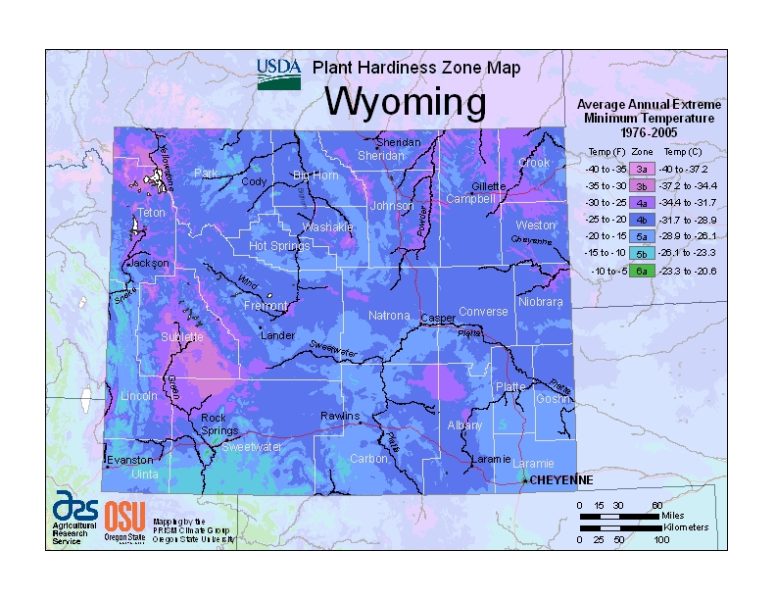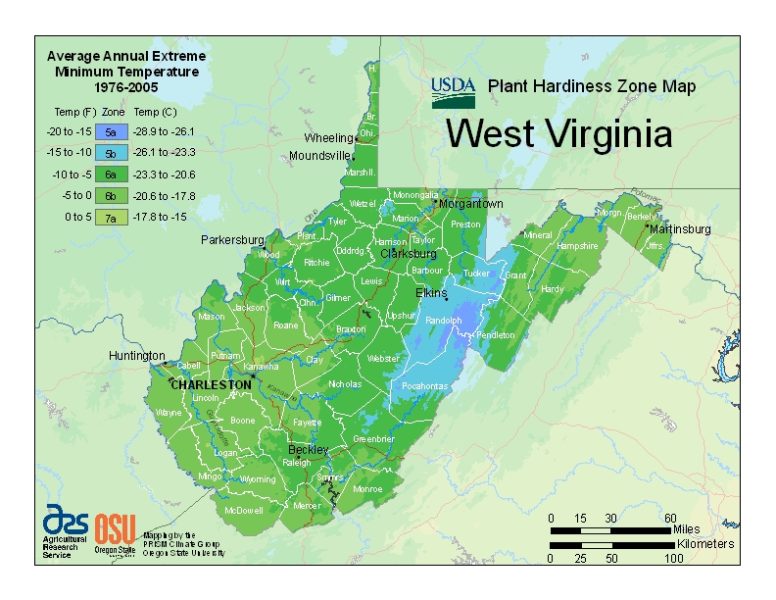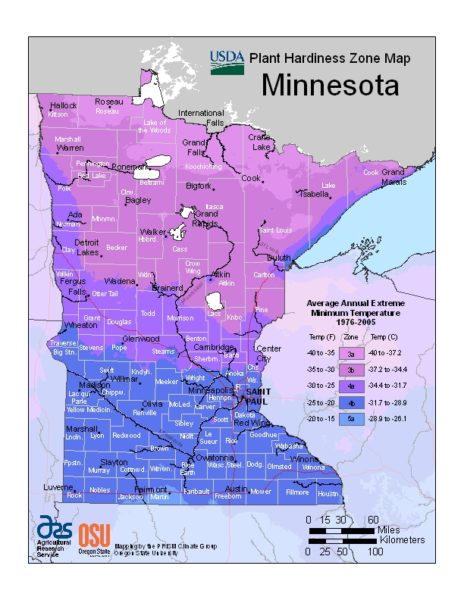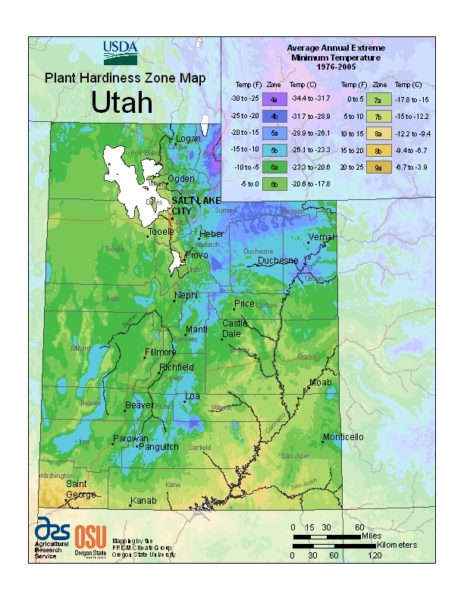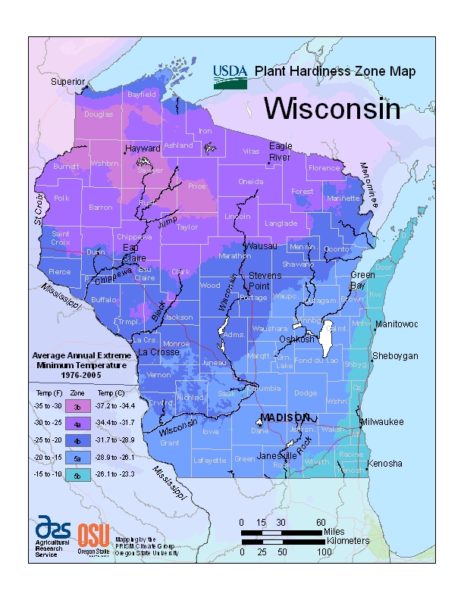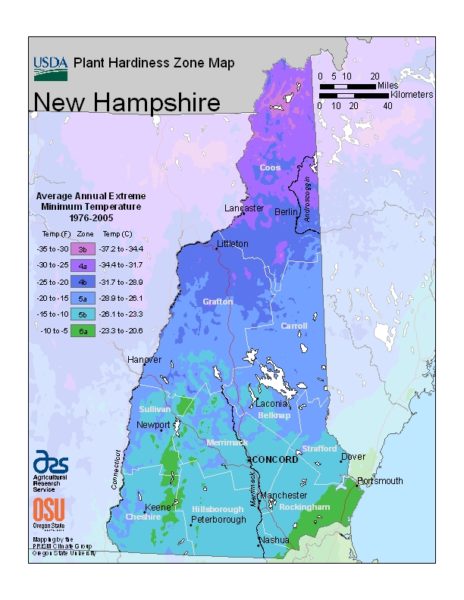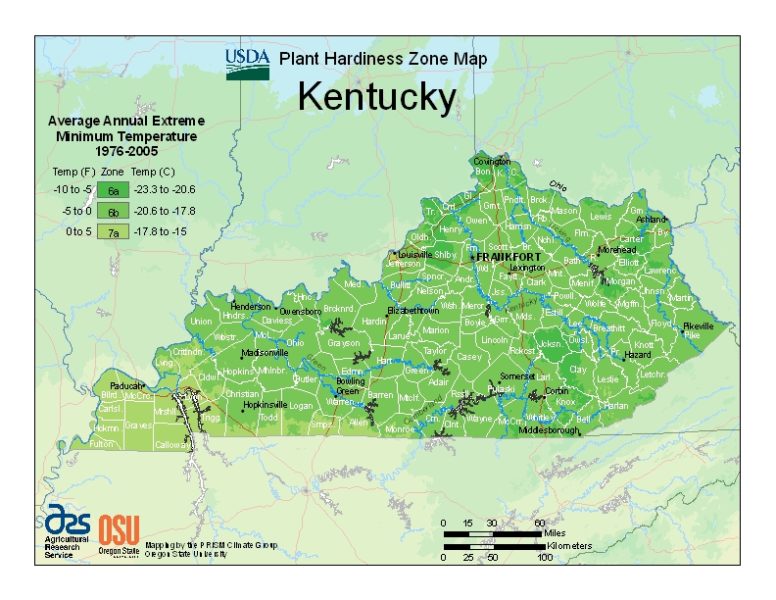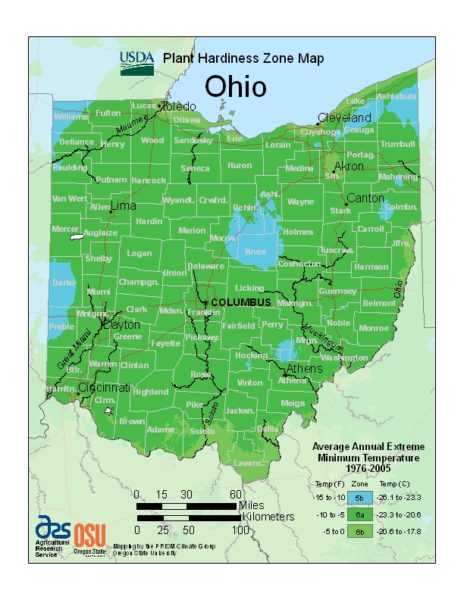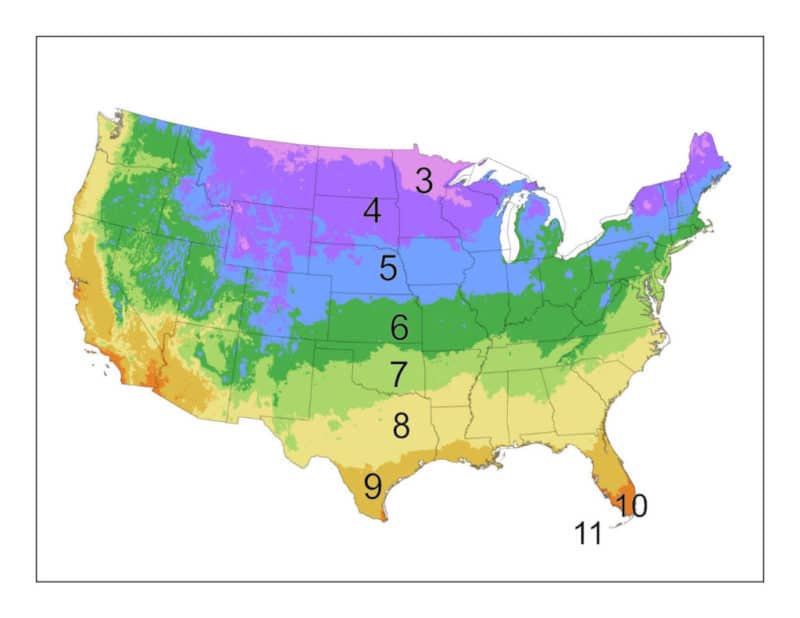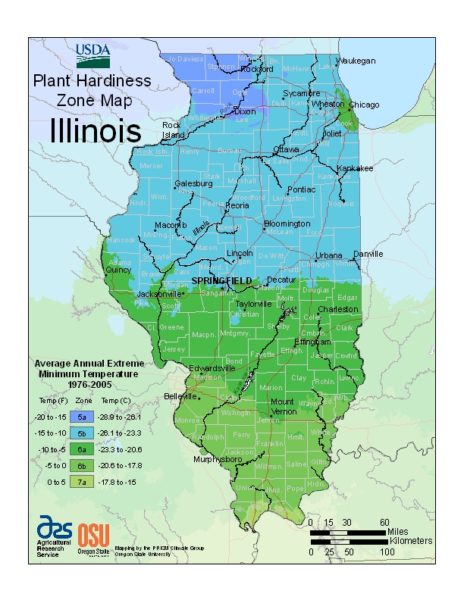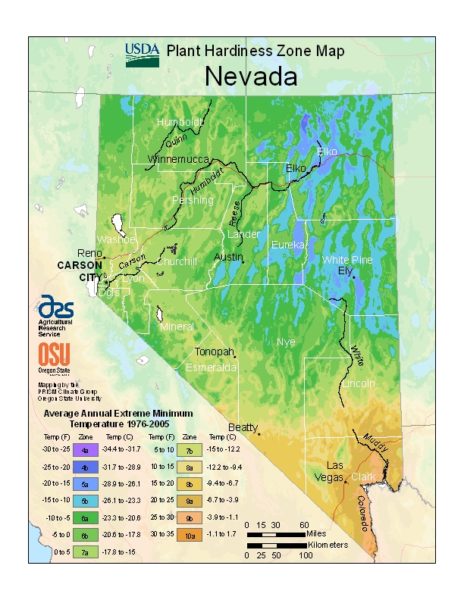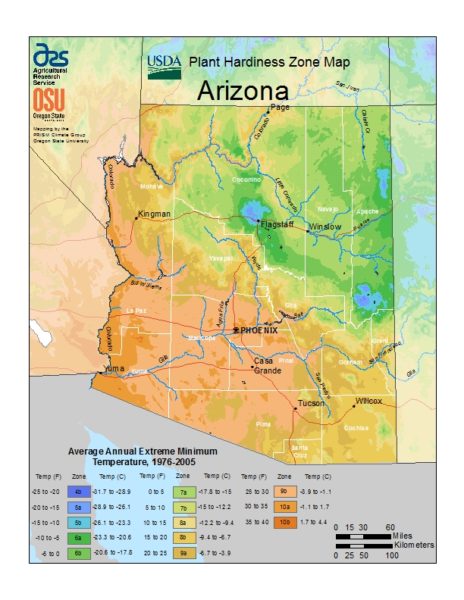
Last Updated on January 20, 2024
Abelia shrubs are beautiful and versatile plants that can add charm and elegance to any landscape. With their colorful foliage, delicate flowers, and pleasant fragrance, Abelia shrubs are a popular choice amongst gardeners. Whether you’re a seasoned gardener or a beginner looking to enhance your outdoor space, this article will provide you with a comprehensive grow guide for Abelia shrubs.
Introduction to Abelia Shrubs
What Are Abelia shrubs?
Abelia is a genus of flowering shrubs that belong to the honeysuckle family. Native to Asia and Mexico, these deciduous or evergreen shrubs are appreciated for their beautiful foliage, fragrant flowers, and their ability to attract birds and butterflies. Abelia shrubs come in a variety of sizes, shapes, and colors, making them suitable for a wide range of garden styles.
 Popular Varieties of Abelia shrubs
Popular Varieties of Abelia shrubs
There are several popular varieties of Abelia shrubs, each with its unique features and characteristics. Some common cultivars include:
Abelia × grandiflora: This is the most widely grown Abelia variety, known for its glossy green leaves and long-lasting, fragrant flowers.
Abelia chinensis: Native to China, this variety has a more compact growth habit and produces delicate white flowers.
Abelia mosanensis: Also known as Fragrant Abelia, this variety is highly prized for its pink and white flowers, coupled with a pleasant fragrance.
Abelia triflora: Native to Japan, this variety features white flowers that gradually turn pink as they mature.
Benefits of Growing Abelia Shrubs
Aesthetics and landscape enhancement
One of the primary benefits of growing Abelia shrubs is their aesthetic appeal. With their colorful foliage and abundant flowers, these shrubs can add beauty and visual interest to any garden or landscape. Whether used as a focal point, a hedge, or in mass plantings, Abelia shrubs can transform an ordinary outdoor space into a stunning oasis.
Wildlife attraction
Abelia shrubs are known for their ability to attract wildlife, particularly birds and butterflies. The sweet-smelling flowers of Abelia shrubs act as a magnet for butterflies, while the berries that follow provide a valuable food source for birds. By incorporating Abelia shrubs into your garden, you can create a haven for these delightful creatures and enjoy their presence throughout the seasons.
Low maintenance requirements
For gardeners seeking low-maintenance plants, Abelia shrubs are an excellent choice. These hardy shrubs are relatively tolerant of various soil conditions and require minimal care once established. With proper watering, occasional pruning, and attention to potential pests and diseases, Abelia shrubs can thrive with little intervention, allowing you to spend more time enjoying your garden.
 Choosing the Right Location
Choosing the Right Location
Sunlight requirements
Abelia shrubs thrive in areas with full sun to partial shade. Ideally, they should receive at least 6 hours of direct sunlight daily. While some varieties can tolerate partial shade, it’s best to provide them with ample sunlight to ensure optimal growth, flowering, and foliage coloration.
Soil preferences
Abelia shrubs prefer well-draining soil that is rich in organic matter. They can tolerate a wide range of soil types, including clay, loam, and sandy soils. However, it’s important to avoid waterlogged or excessively dry soil, as it can hinder the shrub’s growth and overall health. Before planting, it’s beneficial to amend the soil with compost or well-rotted manure to improve its fertility and drainage capabilities.
Climate considerations
Abelia shrubs are generally hardy and can adapt to a variety of climates. However, specific varieties may have different temperature and hardiness requirements. It is essential to choose an Abelia shrub variety that is suitable for your climate zone to ensure its survival and longevity.
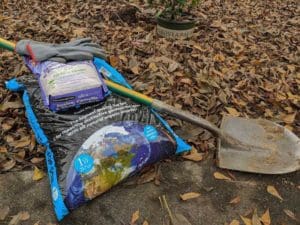
Tips When Planting Abelia Shrubs
Best time to plant
The best time to plant Abelia shrubs is in early spring or fall, when the weather is mild and the soil is workable. Planting during these seasons allows the shrubs to establish their root systems before the harsh conditions of summer or winter.
Digging the planting hole
When planting Abelia shrubs, dig a hole that is twice as wide and just as deep as the shrub’s root ball. This extra space provides ample room for the roots to spread and grow. Gently loosen the soil at the bottom of the hole to encourage root penetration and water drainage.
Proper spacing
Providing adequate spacing between Abelia shrubs is crucial for their overall growth and development. The exact spacing requirement depends on the specific variety and its mature size. As a general rule of thumb, space the shrubs at least 3 to 6 feet apart to allow for proper air circulation and minimize competition for resources.
Watering and Irrigation Tips
Initial watering after planting
After planting the Abelia shrubs, thoroughly water the soil to settle it around the roots and remove any air pockets. This initial watering helps the shrubs establish themselves and reduces transplant shock.
Watering frequency and amounts
Once established, Abelia shrubs have moderate water requirements. Water deeply and thoroughly, ensuring that the soil is evenly moist but not waterlogged. As a general guideline, provide the shrubs with approximately 1 inch of water per week, either through rainfall or irrigation. Adjust the frequency and amount of watering based on your climate, soil conditions, and rainfall patterns.
Avoiding overwatering
While it’s important to keep the soil moist, overwatering can be detrimental to Abelia shrubs. Excessive moisture can lead to root rot and other fungal diseases. To prevent overwatering, ensure that the soil has adequate drainage to allow excess water to escape. Monitor the moisture levels regularly and adjust your watering routine accordingly.
Fertilizing Abelia Shrubs
Organic vs. synthetic fertilizers
When it comes to fertilizing Abelia shrubs, both organic and synthetic options can be effective. Organic fertilizers, such as compost or well-rotted manure, provide slow-release nutrients and improve soil structure over time. Synthetic fertilizers, on the other hand, offer immediate nutrient availability but may require more frequent applications.
Applying fertilizers effectively
To maintain the health and vigor of Abelia shrubs, apply a balanced slow-release fertilizer in early spring. Follow the package instructions for the appropriate application rate based on the size and age of the shrubs. Spread the fertilizer evenly around the base of the plants, avoiding direct contact with the stems to prevent burn.
Nutrient requirements
Abelia shrubs have relatively low nutrient requirements. A balanced fertilizer with an N-P-K ratio of 10-10-10 or 14-14-14 is usually sufficient to meet their needs. However, it’s essential to monitor the shrubs for any signs of nutrient deficiencies, such as yellowing leaves or stunted growth. If deficiencies are observed, consider adjusting the fertilizer application or consulting a local gardening expert for guidance.
 Pruning and Shaping Techniques
Pruning and Shaping Techniques
Pruning for shape and size
Regular pruning is essential for maintaining the shape and size of Abelia shrubs. Prune the shrubs in late winter or early spring before new growth begins. Remove any dead, damaged, or diseased branches. Additionally, trim back any overgrown or crossing branches to enhance air circulation and promote overall plant health.
Annual pruning schedule
Abelia shrubs benefit from annual pruning to shape and rejuvenate the plant. In early spring, remove about one-third of the oldest branches by cutting them back to the base or a lateral bud. This process stimulates new growth and helps maintain a healthy and attractive shrub.
Tools and techniques
When pruning Abelia shrubs, it’s recommended to use clean and sharp pruning shears or loppers. Make clean cuts just above a bud or lateral branch to promote proper healing and reduce the risk of disease. Additionally, keep the natural shape of the shrub in mind while pruning, and avoid excessive pruning that can weaken the plant.
Dealing with Common Pests and Diseases
Identifying common pests
Abelia shrubs are generally resistant to pests and diseases. However, certain insects can occasionally pose a threat. Common pests that may affect Abelia shrubs include aphids, spider mites, scale insects, and whiteflies. Regularly inspect the shrubs for any signs of infestation, such as discolored leaves, distorted growth, or the presence of sticky residue.
Natural pest control methods
To manage pests on Abelia shrubs, consider using natural pest control methods before resorting to chemicals. Introducing beneficial insects, such as ladybugs or lacewings, can help control aphids and other small pests. Additionally, spraying a mixture of water and mild soap or neem oil can help deter and control pests. Consult with your local garden center or extension office for specific recommendations based on your region.
Treating diseases effectively
Although disease issues are rare in Abelia shrubs, they can occasionally develop fungal diseases, such as powdery mildew or leaf spot. Provide adequate air circulation by pruning and thinning the shrubs to reduce the risk of fungal infections. If necessary, apply an appropriate fungicide following the manufacturer’s instructions to treat the disease effectively.
 Winter Protection and Care
Winter Protection and Care
Mulching for insulation
Providing a layer of organic mulch around the base of Abelia shrubs is beneficial during the winter months. Apply a thick layer of mulch, such as shredded bark or compost, to insulate the roots and protect them from extreme temperatures. Mulching also helps retain soil moisture and suppresses weed growth.
Wrapping and covering methods
In regions with severe winters or during periods of frost, consider wrapping or covering Abelia shrubs to provide additional protection. Use burlap or frost cloth to loosely wrap the shrubs, creating a barrier against cold, drying winds. Remove the covers once the threat of frost or extreme cold has passed.
Managing frost damage
In the event of frost damage, it’s essential to act promptly to help the shrubs recover. Prune any damaged or dead branches once the danger of frost has passed. Encourage new growth by providing adequate water and applying a balanced fertilizer in the following growing season.
Compare the best prices on Abelia shrubs from our top-rated online nurseries.
Frequently Asked Questions (FAQs)
How tall do Abelia shrubs grow?
Abelia shrubs can vary in height depending on the variety and growing conditions. On average, they can reach a height of 3 to 6 feet, with some varieties growing taller. It's important to consider the specific characteristics of the chosen Abelia shrub when planning for its growth.
Can Abelia shrubs withstand cold temperatures?
Most Abelia shrubs are hardy and can tolerate a range of temperatures. However, the specific hardiness of each variety differs. It's crucial to choose an Abelia shrub variety that is suitable for your climate zone to ensure it can withstand the cold temperatures in your area.
How often should I fertilize my Abelia shrubs?
Abelia shrubs benefit from regular fertilization to promote healthy growth and flowering. Apply a balanced slow-release fertilizer in early spring and again in late spring. This helps provide the necessary nutrients throughout the growing season. Follow the instructions on the fertilizer package for appropriate dosage and application.
Can Abelia shrubs grow in containers or pots?
While Abelia shrubs are typically planted in the ground, some compact varieties can be grown in containers or pots. Ensure that the container has good drainage holes and use a well-draining potting mix. Regular watering and fertilization are essential, as container-grown plants often dry out more quickly than those planted in the ground.
Do Abelia shrubs require regular pruning?
Yes, regular pruning is recommended for Abelia shrubs to maintain their shape and overall health. Annual pruning in late winter or early spring helps promote new growth and keeps the shrub's size in check. Additionally, occasional pruning may be necessary to remove dead, damaged, or crossing branches throughout the year.
Growing Abelia shrubs can be a rewarding experience for any gardener. With their beauty, versatility, and low maintenance requirements, these shrubs can enhance the aesthetics of your landscape while attracting wildlife. By choosing the right location, understanding proper planting and care techniques, and implementing regular maintenance strategies like pruning and pest control, you can enjoy the beauty of Abelia shrubs for years to come. So, get started and bring the charm of Abelia shrubs to your garden today!
Disclaimer: The information provided in this article is for general informational purposes only and does not constitute professional advice. Always consult with a horticulturist for specific guidance relating to your plants and garden.
- Summer’s Saviors: 7 Drought Tolerant Perennials to Plant Now - July 26, 2024
- Why Your New Plants Sleep, Creep, Leap - July 26, 2024
- 5 Easy Landscape Tips to Increase Your Home Value - June 28, 2024

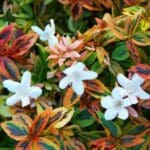 Popular Varieties of Abelia shrubs
Popular Varieties of Abelia shrubs Choosing the Right Location
Choosing the Right Location Pruning and Shaping Techniques
Pruning and Shaping Techniques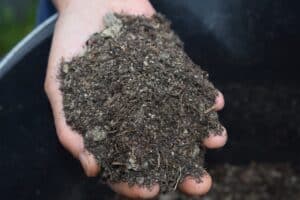 Winter Protection and Care
Winter Protection and Care



